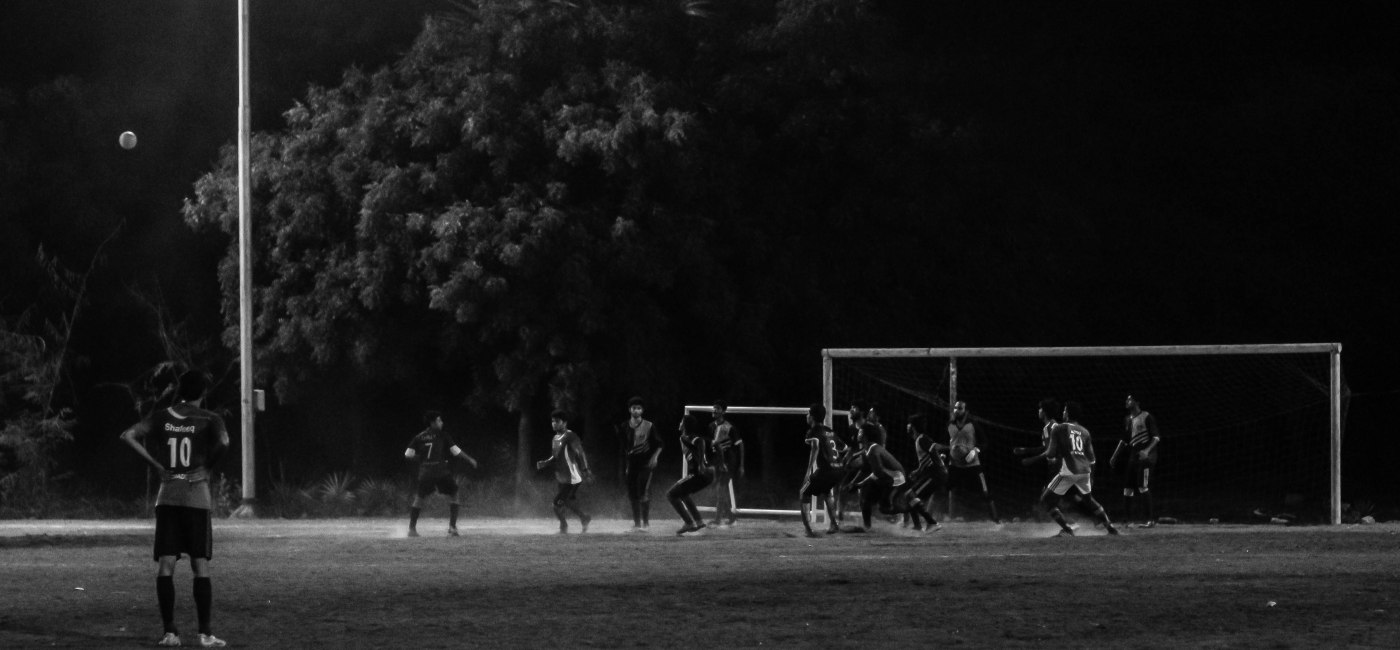
by Parthasarathi Pati & Ranjini Balan
Among the highlights of the last semester, the many widely discussed problems relating to mess facilities stands out. It involved everybody – the students, their representatives, the faculty, the administration as well as the mess managers and workers. The student community was outspoken about unreliable levels of food quality and hygiene in the mess, served by a completely new caterer at revised rates that corresponded to the lowest tender.
How Caterers Were Chosen
The process of selecting caterers is an exhaustive multi-step protocol. First, a tender is called for. Last summer, the following caterers applied for the tender – Sakthi’s Kitchen, Raja Rajeshwari, Sri Guru Raghavendra, C Ramakrishnan, Apollo, A-Diet Express & AV Caterers.
The caterers which apply for the tender must qualify two bids – technical and financial.
The quality of food and raw materials and hygiene is tested in the technical bid. The bid requires the caterers’ operating sites to have a minimum turnover of 50 lacs, and to have more than a certain strength of manpower. It also requires the caterer to have served in a government organization previously. A 4 member team consisting of 2 faculty and 2 students visited the operating site of each caterer to make sure they met the bar.
SK, RR, SGR, CR, APOLLO and A-DIET cleared the technical bid and contended for the financial bid. The financial bid is where each caterer quotes its price for both the north Indian and South Indian messes.
The following were the prices quoted by the caterers –
|
CATERER |
Quote for M1 -North Indian (Rs.) |
Quote for M2 – South Indian (Rs.) |
Re-Quote – after negotiations (Rs.) |
|
SK |
70 |
68 |
66 |
|
RR |
75 |
68 |
66 |
|
CR |
74 |
74 |
74 |
|
SGR |
75 |
74 |
66 |
|
APOLLO |
77 |
77 |
77 |
|
A-DIET |
50 |
50 |
50 |
As seen above, A-DIET quoted the lowest for the same menu. Since the quoted price seemed too low for operations, the team decided to double check. A-diet had its operations at three sites – Savitha Dental college, Cognizant and Tidel Park. Besides that, A-DIET had its own warehouse of raw materials in Nugambakkam. The food, raw materials and brands used met the standards and so did the hygiene. It was a thumbs up from the team. Following this, a report was presented to all the members of the student council. A-DIET’s bid was accepted.
Concerns still lingered that a Rs. 50 bid seemed too low to operate a mess at IIT. The Hostel Affairs Secretary(HAS) claims that the decision of having A-DIET was “part logical, part emotional”. The old players – SK, RR, CR, SGR – were starting to form a cartel. The administration feared that they would cooperate and raise the prices to unreasonable levels.
The HAS mentions some other factors that came into consideration. A-DIET had its own warehouse and means of procuring subsidized gas. At the time it seemed plausible that A-DIET was capable of sustaining itself at low costs. However, a significant majority of the committee was skeptical about the caterer’s ability to adapt to the new situation presented by IIT Madras. For instance, A-DIET had not operated at such a large scale before and it did not account for wastage of food.
Despite the call for an open tender, only a few caterers applied, amongst them the then existing caterers including CR, RR, SGR and SK. The HAS argued that there weren’t many caterers willing to serve educational institutions in South India. Those that applied were among the best. North Indian caterers were averse to operating in South India. Some of them who were affirmative in the beginning did not answer back.
This does not address the issues of penalties imposed on A-DIET in light of the various complaints which included inedible food, stale bondas and even insects in curries. A-DIET has not served any penalty so far except on one occasion when it was asked to give away free ice-creams.
Lately, A-DIET demanded a price hike. “It was inevitable” says the HAS, in response to whether it was justified. Besides the raw materials, the labour cost too shoots up when you operate at an IIT, aside from the fuel and subsequent commodity hike. Wastage adds to their expenses disrupting their budgetary calculations. It was not desirable to have A-DIET operate under heavy losses. The HAS also noted that there was not much of a choice.
Questions have been raised as to whether an undue dependence on a single caterer would be skating on thin ice. The HAS suggested that many caterers give value to serving at an IIT. Bringing A-DIET into this category, he speculated that while it may raise the price even more next year, it would stay.
In the circumstance that A-DIET faces little competition, the danger of unreliable service is always on the cards. There are, however a certain number of checks that help in bringing such a situation under control. A good penalty system will keep the caterer from serving as a monopoly. Penalties would be imposed by summing up and analysing all the complaints.
In this context, it may be useful to know that whenever a complaint is registered, it must be signed and approved by the mess manager, failing which the complaints go unnoticed.
When SK was introduced in Vindhya, the HAS called it a rational decision as opposed to a reaction to student pressure. A-DIET cited the reasons for their price hike in a document which did not make a professional read. Nevertheless the administration understood that an increment was necessary and went ahead with it. This opened up doors for other caterers since the tender would have belonged to A-Diet solely if and only if it had stuck to its original quoted price. Among all the other caterers SK seemed to be very keen on serving in Vindhya. The administration was keen on having it, as it would provide at least some competition to A-DIET.
A host of new initiatives are in the pipeline, which, if implemented, can ease mess service a lot. The HAS along with the admin is looking at three technologies as of now – RF identity tags, barcodes and biometric systems. They are consulting Triesten Technologies Pvt. Ltd. for the same. You might have seen barcodes on your mess cards this time. They can be scanned to determine which mess you are registered in. But you can use them only once in a particular time slot. This would prevent the defaulters who borrow their friends’ cards to enter the mess.
The biometric system is looked at only as another alternative. This particularly is a difficult one to implement but it isnt completely ruled out.
RF ID tags are present even in your smart cards but there are logistic issues in clubbing the mess accounts with these. So RF ID cards for mess are a possibility, though it’s a costly affair.
Much in the spirit of prisoner’s dilemma, a win-win situation could result if mutual interest is given consideration by the caterers (by providing quality food), the students (by wasting less) and the admin (by keeping proper checks).



